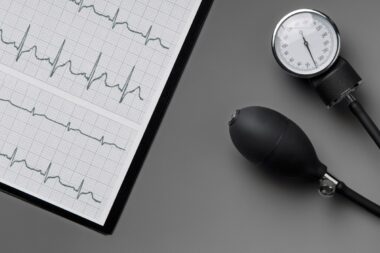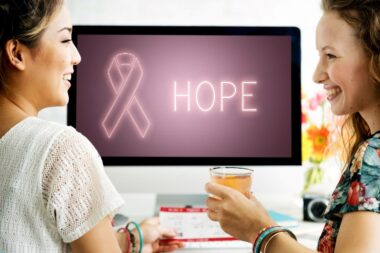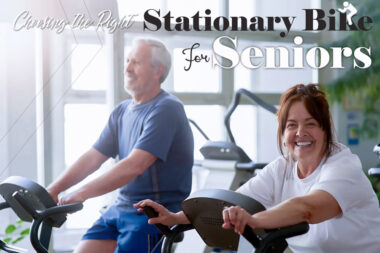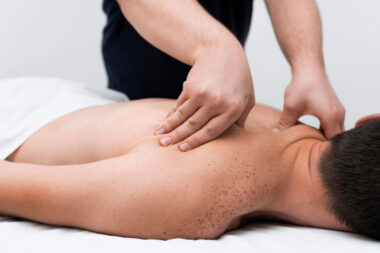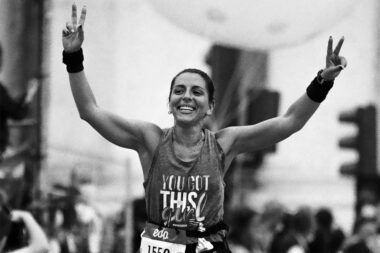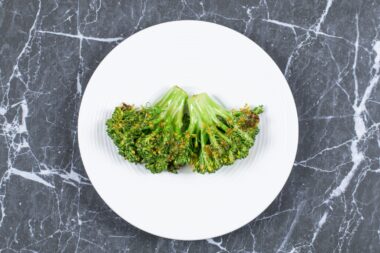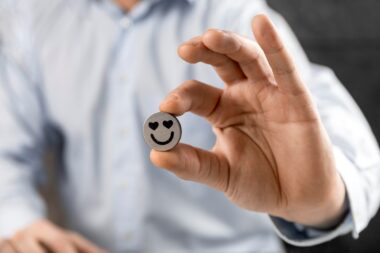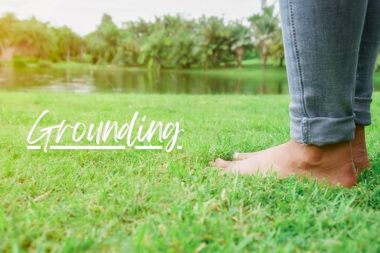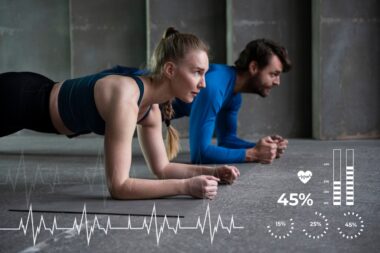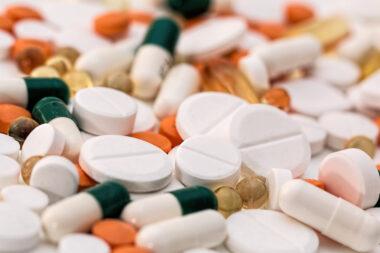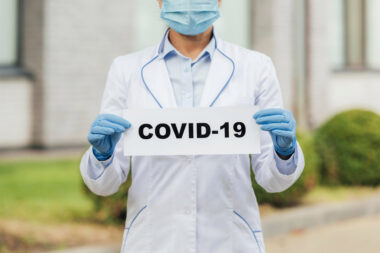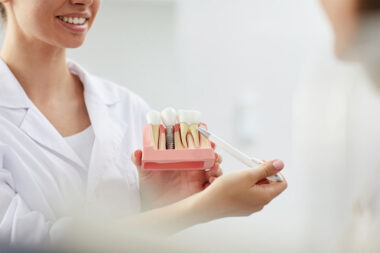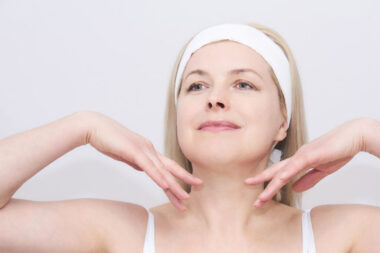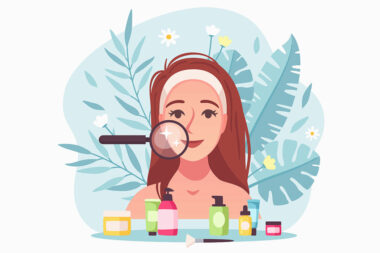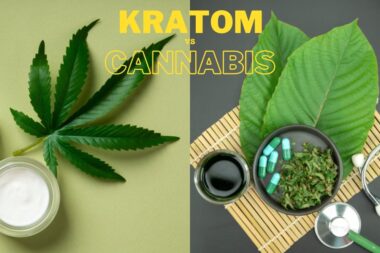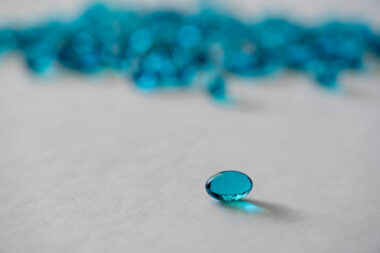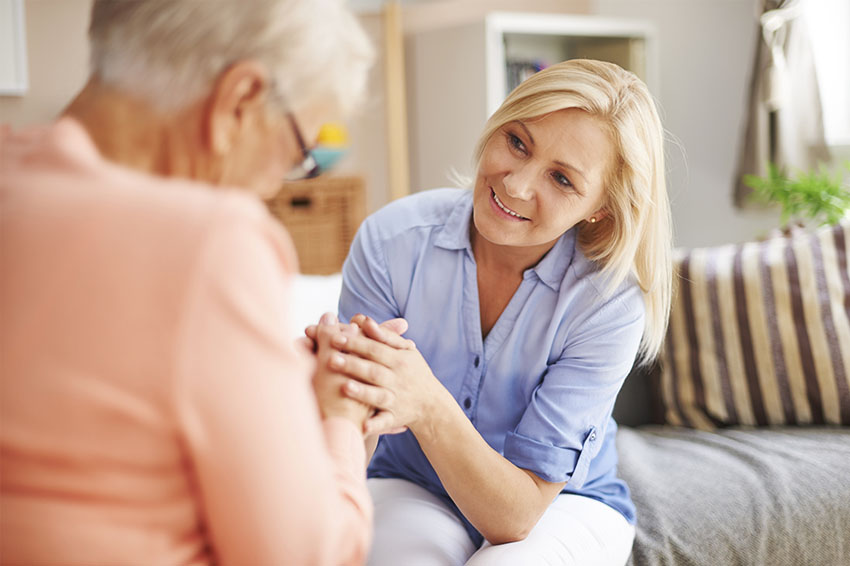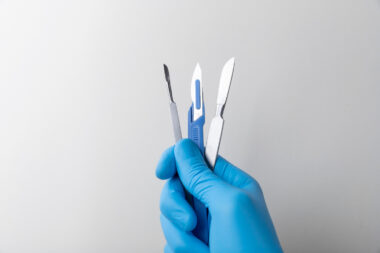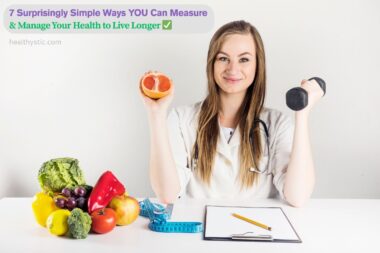According to many medical professionals, a stroke is seen as a major medical event with possible critical damage or even death. Even experiencing a comparatively mild stroke can create some notable challenges during the recovery phase.
Furthermore, a severe stroke can create an even lengthier and more demanding healing process — the length and aftermath of which are unknown.
The Potential Causes of a Stroke
The causes of a stroke can be varied. However, a majority of strokes involve obstructed blood supply and/or possibly a ruptured blood vessel, eliminating oxygen to the brain.
Several high-risk factors like obesity or high cholesterol can be treated or medically managed by your primary physician or a specialist.
Nonetheless, like with many serious medical conditions, there are other risk factors that are genetic and/or are more difficult to address.
An individual’s lifestyle has a massive influence on the person’s physical health.
Unhealthy and harmful choices can potentially lead to lifelong illnesses with lasting effects. Almost everything that is put or ingested into the human body has the ability to greatly affect your physical well-being.
For instance, eating highly processed fast food can make a person feel sluggish and tired, while a more natural plant-based regimen can help maintain a strong immune system.
Some other risk factors for a stroke are:
- Diabetes
- High blood pressure
- Excessive drug and/or alcohol abuse
- Smoking
- Lack of exercise
- High cholesterol
Further understanding the potential causes of a stroke can aid individuals in further preventing a possible stroke or an even more fatal second stroke. Consult with a doctor to help pinpoint factors that may affect you.
The Recovery Process After a Stroke
The infographic below, Life After a Stroke: Brain Regeneration and Healing, offers important information for any individual who is recuperating from a stroke.
The piece enlightens how the human brain recovers and heals after experiencing a stroke along with advice on avoiding a fatal second stroke (perhaps one of the most worrying difficulties a stroke victim faces).
As seen below in the infographic, the human brain is a strong and complex organ, and with the correct medical attention, ongoing therapy, and cautious monitoring, it can learn to relearn and adjust affected abilities.
One noteworthy technique is neural plasticity. Neural plasticity is a process where the brain restructures itself and has unaltered, healthy areas to manage functions and capabilities previously executed by stroke-damaged areas.
While the degree of this adaptation can differ by person and requires constant therapy, neural plasticity offers stroke victims and their loved ones hope and that alone is enough.
Actions to avoid a second stroke should be taken very seriously due to its severity.
In the United States alone, 1 in 4 stroke victims will experience a second stroke. However, taking the appropriate precaution can bring those numbers down. The graphic below provides some doable tips and tricks for stroke survivors looking to prevent a second stroke.
Nevertheless, some of these actions may not be a good fit for certain individuals. For instance, sleep apnea can hinder sleeping patterns and later cause sleep deprivation, which can possibly lead to a stroke — but not all stroke victims have this particular sleeping disorder.
Moreover, reducing the risk of a second stroke can still be demanding and stressful for one single person to handle. It is always encouraged to plan a strategy with your doctor or a specialist to ease the burden. It’s also a good idea to include loved ones as well.
With a comprehensive plan and consistent therapy (only if recommended), there is even more hope for stroke survivors and their future.
To understand more about how the body recovers after a stroke, save and look over the infographic created by Family Home Health Services.
This article is published by our independent team of health and wellness pundits that publish original and informative content to empower readers to take charge of their health and embark on a physically, mentally, and emotionally balanced lifestyle.

